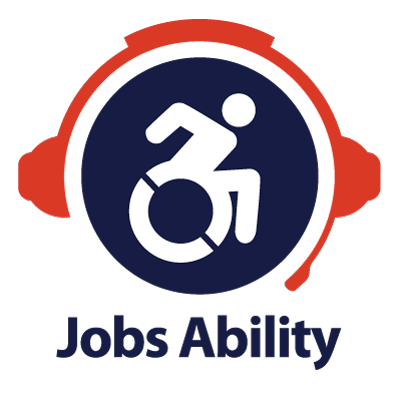Protected: Video Samples
November 29, 2018Job Opportunity: Texas Health Resources | Social Worker PRN
December 21, 2018
We are deeply grateful to Assemblyman Santabarbara for his support of Our Ability and commitment to disability employment. Help us show our THANKS!
Please read the following press release from the Assemblyman’s Office calling for funding for the Our Ability Alliance Employment Training Center in the State budget. To make the Center a reality, sign on or reach out to your State Assemblymember and Senator to make sure they understand the critical need for skills training for people with disabilities.
ASSEMBLYMAN SANTABARBARA CALLS FOR FUNDING IN UPCOMING STATE BUDGET TO SUPPORT EMPLOYMENT FOR THOSE WITH DISABILITIES
70% of more than 1.1 million with disabilities
unemployed in NY State
In New York State nearly 70% of the more than 1.1 million people with disabilities are unemployed. A problem Assemblyman Santabarbara says must be addressed in the upcoming state budget. In a letter to the Governor, Assemblyman Angelo Santabarbara is calling for an investment $500,000 to establish a first of its kind training center that he says can change that.
The initiative is called the Our Ability Alliance Employment Training Center. The goal of the training center is to bring individuals with disabilities into a classroom setting to train on specific skills needed by a growing list of business members that belong to an Our Ability Alliance network. Alliance members already include 32 businesses, among them well-known names like: Barclays, Key Bank, CVS Pharmacy, M&T Bank, National Grid, Price Chopper, Wegmans, Enterprise Rental Car, Rivers Casino, Brown-Forman, HMS Host, SEFCU, Shell Oil, Ayco-Godlman Sachs Company, SUNY Rf, Living Resources, SRI Fire Sprinkler, Realty USA, Republic Services, PWC, Merk, Cargill, MassMutual, Bronx Independent Living Center, Hudson Valley Independent Living Center, Deloitte, AORN, Sienna Fresh (Sienna College), and Pearson.
“With this proposal we have an opportunity to provide training for the specific job skills needed by network business members that will lead to more employment opportunities for those with disabilities,” said Assemblyman Santabarbara, who is the father of a 17 year old son with autism and serves as Chair of the New York State Assembly’s Subcommittee on Autism Spectrum Disorders. “This funding is not just an initiative; it’s an essential piece in the overall picture of helping individuals with disabilities, employment being a crucial part of achieving independence,” Santabarbara added. “This will be the only training center like this in the Capital Region and with this initial investment we can expect to see unemployment numbers for those with disabilities lowered drastically.”
“The need is great and this is an incredible opportunity to help individuals with disabilities find employment and New York State businesses seeking specific job skills,” said John Robinson, CEO of Our Ability Inc. “With the projected future growth in New York State, this unique training center will be a model that can be replicated across the state with the goal of reducing the unemployment for those with disabilities.”
